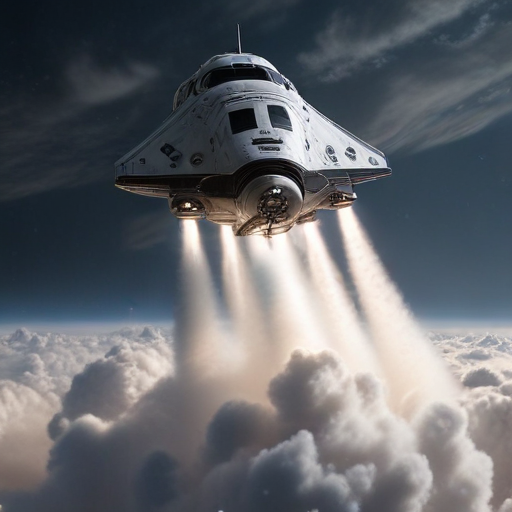Recent developments regarding the Boeing CST-100 Starliner suggest that its return to Earth may be closer than anticipated. Following the completion of tests on the spacecraft’s thrusters, teams from Boeing and NASA are now focused on analyzing the data collected to better understand issues that had affected some thrusters during the flight.
The ground testing was executed at the White Sands Test Facility in New Mexico, where engineers aimed to examine the performance and degradation of the Reaction Control System (RCS) thrusters. It was noted that certain thrusters were ‘de-selected’ during the mission, a term indicating that they ceased functioning due to leaks in the helium tanks responsible for controlling them. Despite these setbacks, the spacecraft was believed to have sufficient helium onboard, far exceeding the amount necessary for its operations.
Officials at a recent press conference indicated that while the Starliner could technically return to Earth now, further testing and analysis still need to be conducted to ensure a safe and successful landing. As of the latest update, a return flight is still possible by the end of this month, but a more precise timeline has yet to be confirmed. The focus is now on disassembling the thrusters and conducting thorough inspections to prepare for the spacecraft’s planned return with crew members Commander Butch Wilmore and Pilot Suni Williams in the upcoming weeks.
This series of developments highlights the resilience of the team behind the Starliner project. The ongoing efforts to troubleshoot and enhance the spacecraft’s systems showcase the significant commitment to ensuring safety and reliability in space travel. As Boeing and NASA continue their preparations, there is a growing sense of optimism that the Starliner will soon make its anticipated return, marking an important milestone in crewed spaceflight endeavors.
In summary, the Starliner’s return to Earth is progressing with optimism as engineers analyze thruster performance. Testing and inspections are critical for safety, and the mission could conclude shortly, highlighting the dedication to overcoming challenges in space exploration.
